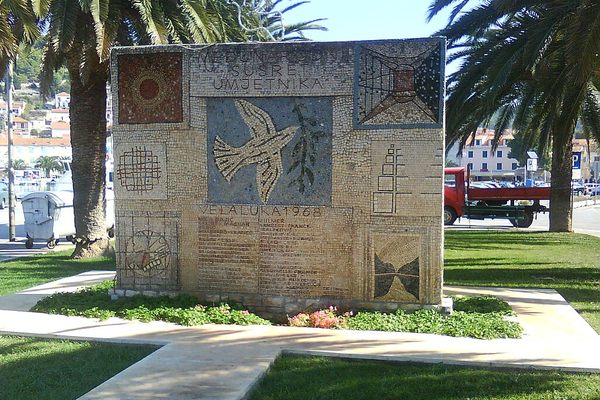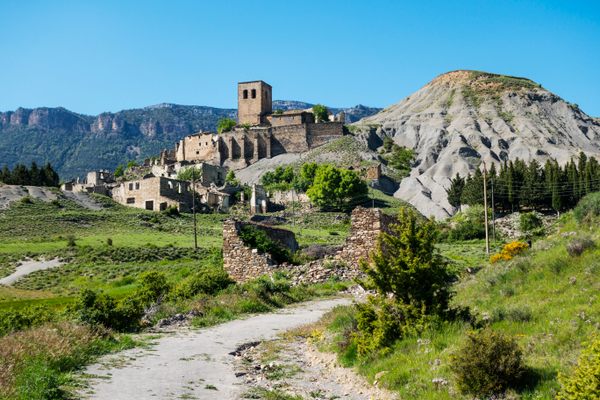AO Edited
Abandoned Village of Malo Grablje
This deserted town in the hills of Croatia’s "party island" may have a scandalous connection to King Henry VIII.
On the Croatian island of Hvar, beyond its modern culture of star-studded clubs and super yachts, lies the village of Malo Grablje, less than one square mile in area. Beginning in the 14th century, generations of residents produced olive oil, wine, and lavender oil in the hills overlooking the Adriatic Sea. But in the early 20th century, blight destroyed the town’s olive trees and grape vines. This forced most of the residents of Malo Grablje south to the more modern town of Milna, where they invested their profits from previous harvests in alternative industries like fishing. By the 1960s, the town was mostly abandoned, and as of 2011, there were officially zero recorded residents.
Succumbing to the ravages of time and climbing vines, Malo Grablje’s stone buildings stand crumbling in the Croatian sun. The best-preserved buildings include the olive press room, complete with a massive stone press, and the church, which is boarded up but still intact inside. There’s also a variety of rusted agricultural machinery, some barely visible among the tall grasses.
One curious fact about the town has long captivated history lovers. All the residents of Malo Grablje shared the same last name: “Tudor.” This gave rise to speculation about the town’s potential relationship to King Henry VIII. According to legend, the village was founded by an illegitimate son of the notorious English king who had fled the British Isles, and the residents of the town were his direct descendants. Unfortunately, there’s no concrete proof to validate the tall tale, but this narrative could explain how an entire village ended up with a distinctly non-Croatian surname.
A charming and haunting relic of the island’s agricultural past, Malo Grablje still plays an important role in the community today. The residents of Milna, many descended from Malo Grablje’s original inhabitants, gather outside the town’s Church of Saint Tudor every year to celebrate the feast of Saint Theodora. A local family operates a konoba, or traditional tavern, in the area seasonally, keeping classic Croatian cuisine alive. In recent years, a few locals have moved back to the town’s greater area, but the historic structures of Malo Grablje still stand untouched by the modern world.
Know Before You Go
Take caution when entering any building in Malo Grablje. While most stone walls are relatively intact, the wood floors and beams are unstable and disintegrating. Closed-toed shoes and long pants are ideal to avoid injury from rusted metal or sharp weeds.



























Follow us on Twitter to get the latest on the world's hidden wonders.
Like us on Facebook to get the latest on the world's hidden wonders.
Follow us on Twitter Like us on Facebook